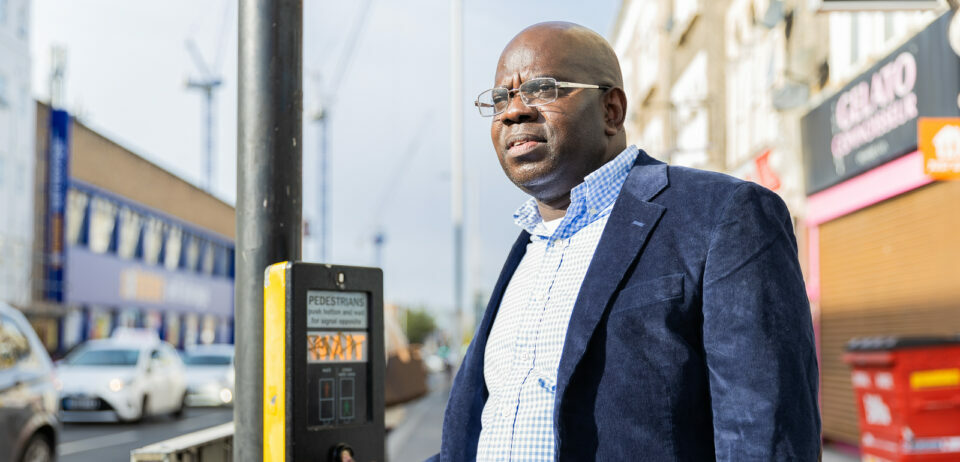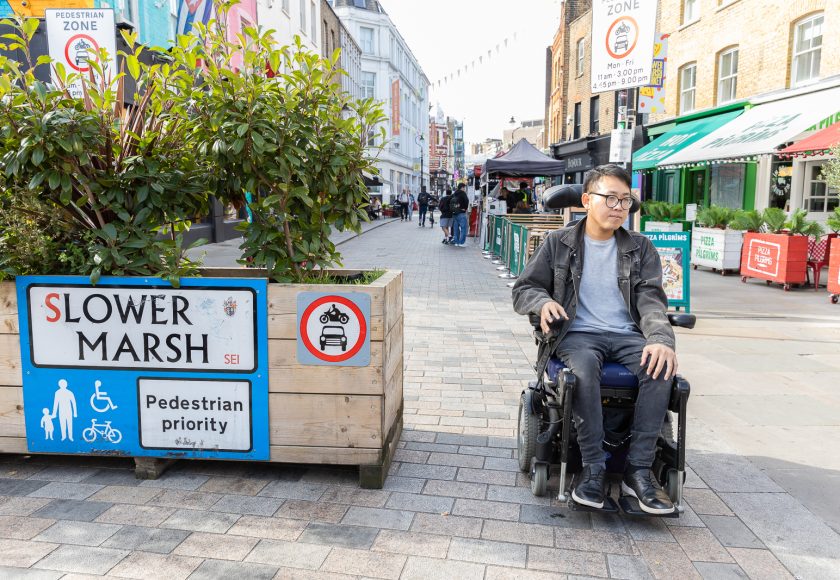
What do we mean by walking/wheeling?
We use the term ‘walking/wheeling’ to make explicit to policymakers and transport planners that pedestrian environments must be made accessible to those using wheelchairs and other wheeled mobility aids, not just those on foot.
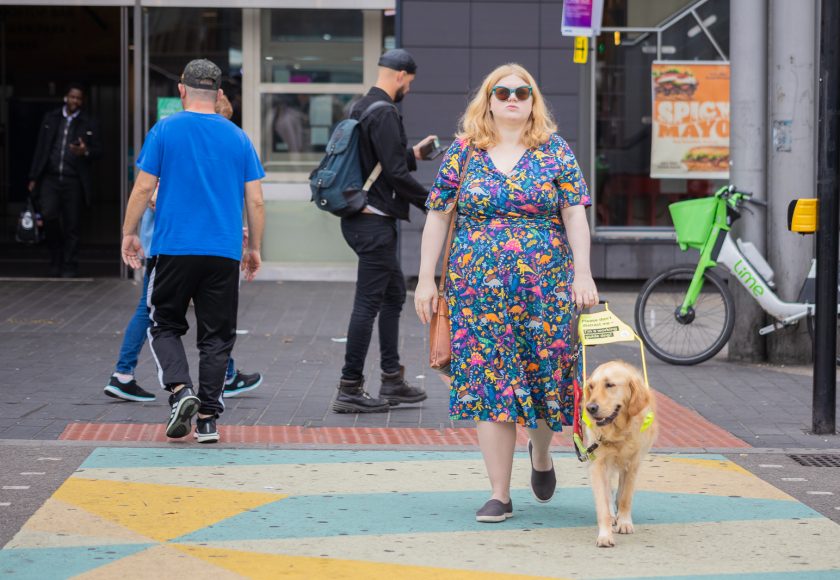
Policy background
Almost all journeys begin with some amount of walking/wheeling, if only to the vehicle, station or stop. It’s a crucial mode of transport, and is the second most frequently used mode by disabled people, accounting for 28% of all journeys made. Despite this, disabled people take 30% fewer walking trips per year than non-disabled people. (Department for Transport)
Walking/wheeling is an area that has been identified as needing investment; in England, the Cycling and Walking Investment Strategy (CWIS2) sets out the aim to increase the percentage of short journeys in towns and cities that are walked or cycled to 50% in 2030 and to 55% in 2035.
A new body, Active Travel England, was set up in 2022 with the aim of making walking, wheeling and cycling people’s preferred modes of transport. However, in March 2023 the Government announced that funding for improvements was being reduced.
Barriers
- 77%
- experience poor pavement surfaces (cracked, narrow, uneven).
- 65%
- experience street clutter, including bins, A-boards, and e-cycles.
- 50%
- experience a lack of dropped kerbs.
- 50%
- said that these barriers impact their health.
Issues with pavements are by far the most frequently experienced barriers to walking and wheeling, with poorly maintained surfaces, street clutter, and pavement parking being the top three most common respectively.
77% of respondents experienced poor surfaces, including bumps, potholes, tree roots, broken tiles, and narrow width, making it the most frequently experienced barrier of any mode of transport in our survey. Poor pavements can render whole routes inaccessible and even dangerous. For wheelchair users, irregular surfaces can be painful or impossible to go over and can cause damage to the chair. Bad pavements also posed a serious trip hazard, particularly for blind and visually impaired people, and those with impaired balance.
57% of respondents experienced pavement parking, while 65% experienced street clutter including litter, bollards, A-boards, outdoor dining, parked cycles, and e-scooters. When the route is obstructed, disabled people were left with little option but to either go into the road, putting us at further risk from traffic, or turn back to find another route, making journeys even longer.
50% of respondents experienced missing dropped kerbs, making it the fourth most common barrier. Where dropped kerbs do exist, people told us these were frequently broken, too steep to manage, or obstructed, again forcing people to turn back and find the next nearest place to cross, or go into the road alongside traffic.
44% have contended with inadequate or hazardous pedestrian crossings. As well as there being too few controlled crossings, people also said that many lacked the audio-visual cues needed to make them accessible, and left insufficient time to cross.
A lack of tactile paving, which is vital for indicating where safe crossings are, was also experienced by 13% of respondents.
39% of respondents cited environmental barriers such as the weather, slippery surfaces, and ungritted paths as a barrier to walking/wheeling. Whilst weather patterns cannot be controlled, the impact of a lack of adequate shelter or timely gritting is likely to be high for disabled people.
Another environmental barrier is air pollution, which was experienced by 16% of respondents. Though it is particularly harmful for those with respiratory conditions, air pollution can have detrimental effects on every organ in the body at every stage of life. Disabled people with pre-existing conditions are generally at higher risk of these health complications.
37% of respondents said that a lack of public facilities, such as accessible toilets, water fountains, and seating, was a barrier to walking and wheeling. Not only are facilities often unavailable or inaccessible, they can also be difficult to locate.
People told us about not being able to find out the information they need, such as whether toilets are locked with a radar key, or where they can sit down along a route.
Many disabled people require a mobility aid to make walking and wheeling journeys. However, there are a host of barriers to getting a mobility aid that works for you.
12% of respondents said they cannot walk far unaided yet are unable to access a suitable mobility aid. People told us that the mobility aid they would prefer is too expensive, and not available through the NHS. Others said the infrastructure and logistics surrounding them (storage space at home or work, poor pavement surfaces, a lack of public charging points for electric wheelchairs/mobility scooters) meant they cannot use what would otherwise be an ideal option.
Our research and work on this issue
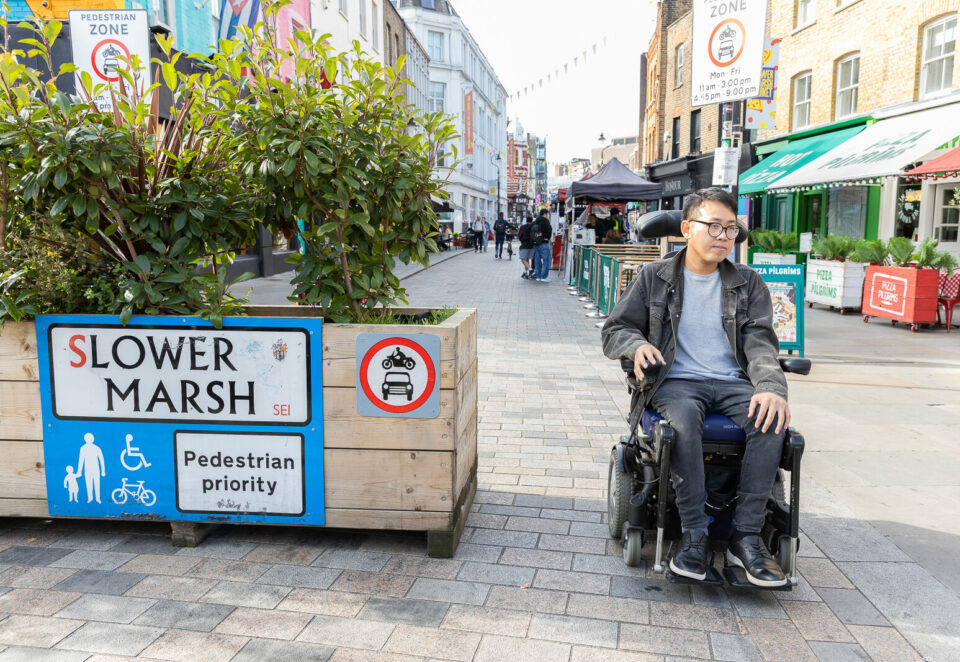
Pave The Way
Pave The Way is the only independent and in-depth research into how disabled people have been impacted by Low Traffic Neighbourhoods, and the barriers to Active Travel.
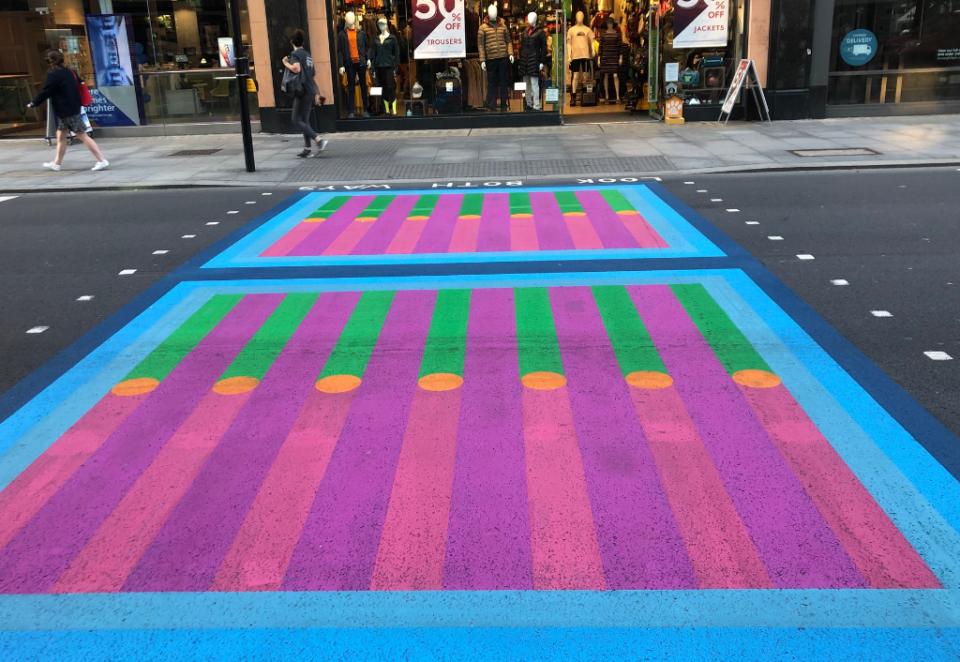
Colourful crossings
Read our open letter to the Mayor of London setting out our concerns about the safety and accessibility of colourful crossings.
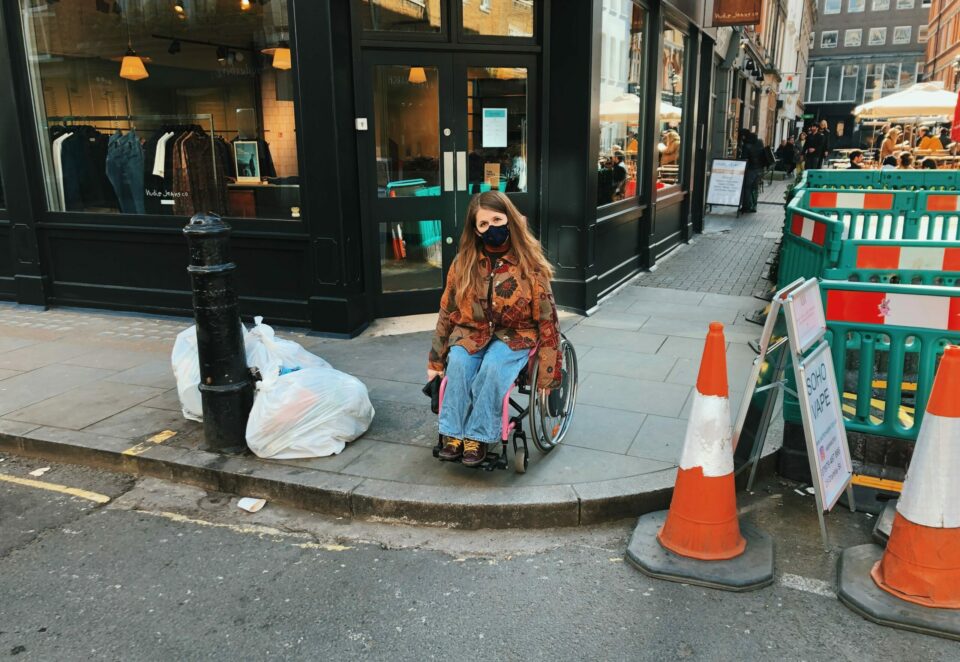
Soho’s streets are inaccessible: we’re campaigning to change that

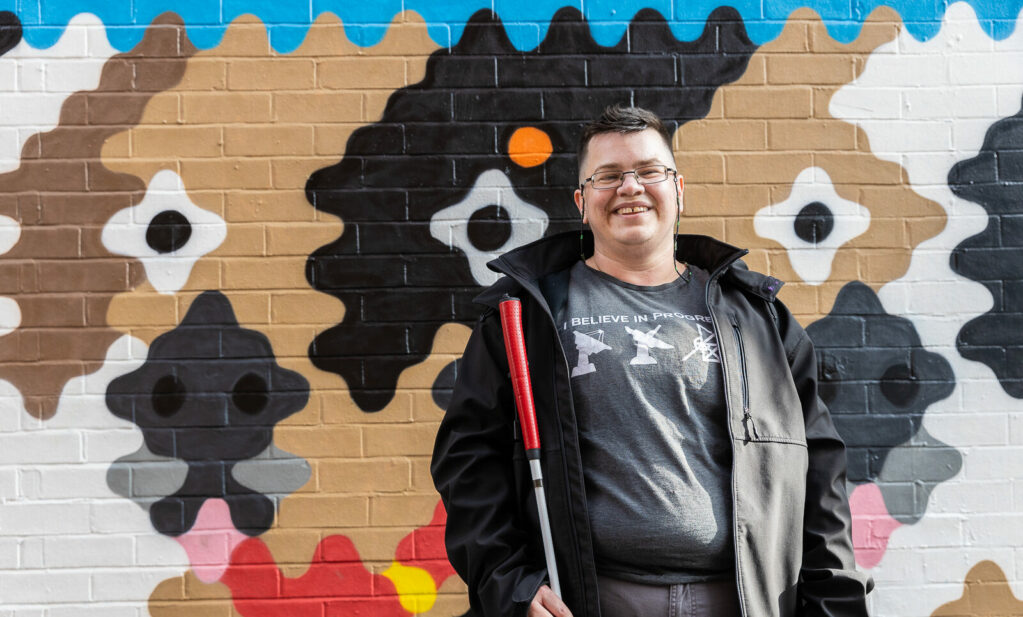
Support us
We can't do this without your support. Take action, give what you can, or sign up as a member - and join our movement of disabled people fighting for a better future.
